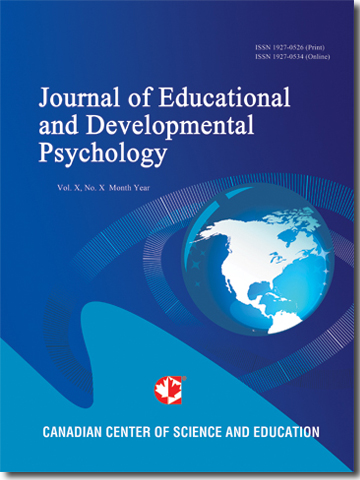The Fibonacci Life Chart Method as a Predictor of Spiritual Experience
- Robert Sacco
Abstract
The Fibonacci Life Chart Method (FLCM) provides a framework linking development and spirituality. This study addressed the need for empirical research to test the hypotheses proposed by Sacco (Sacco, 2016). To address this problem, this study used case reports (N = 196) from the Alister Hardy Religious Experience Research Centre. The dynamical aspects of ages 11, 18, and 30 were examined as predictors of increased spiritual experience in adolescents and young adults. Results showed only ages 17 and 18 predicted a higher frequency of spiritual experience between ages 11 and 35. Age 18 was associated with a higher effect size (r = .27). This finding provides some empirical support for the FLCM as a predictor of spiritual experience, but not all hypotheses found support. Limitations to the study’s design are discussed along with implications for future research.
- Full Text:
 PDF
PDF
- DOI:10.5539/jedp.v7n2p1
Journal Metrics
(The data was calculated based on Google Scholar Citations)
1. Google-based Impact Factor (2021): 1.11
2. h-index (December 2021): 29
3. i10-index (December 2021): 87
4. h5-index (December 2021): N/A
5. h5-median (December 2021): N/A
Index
- Academic Journals Database
- CNKI Scholar
- Copyright Clearance Center
- CrossRef
- Elektronische Zeitschriftenbibliothek (EZB)
- EuroPub Database
- Excellence in Research for Australia (ERA)
- Harvard Library
- Jisc Library Hub Discover
- JournalSeek
- JournalTOCs
- LIVIVO (ZB MED)
- LOCKSS
- MIAR
- Open Access Journals Search Engine(OAJSE)
- PKP Open Archives Harvester
- Publons
- ROAD
- Scilit
- SHERPA/RoMEO
- Standard Periodical Directory
- Stanford Libraries
- Technische Informationsbibliothek (TIB)
- UCR Library
- UoB Library
- WorldCat
- Zeitschriften Daten Bank (ZDB)
Contact
- Carol WongEditorial Assistant
- jedp@ccsenet.org
